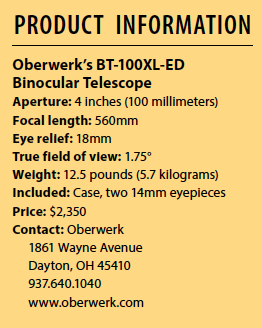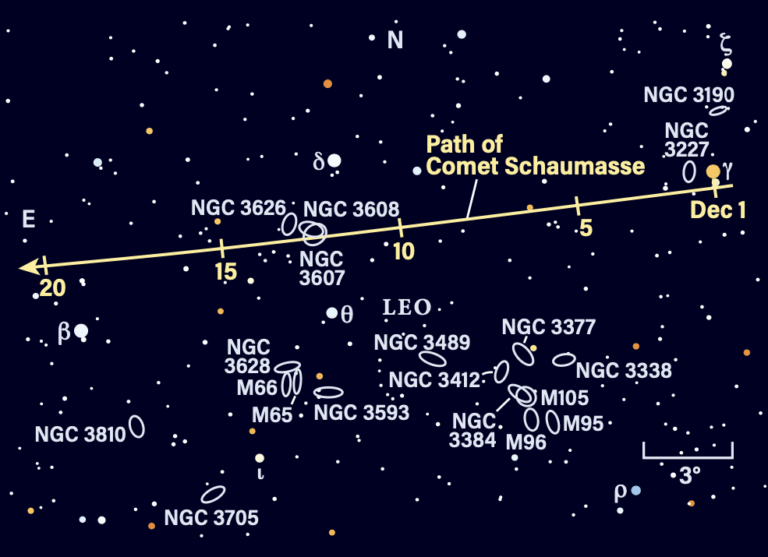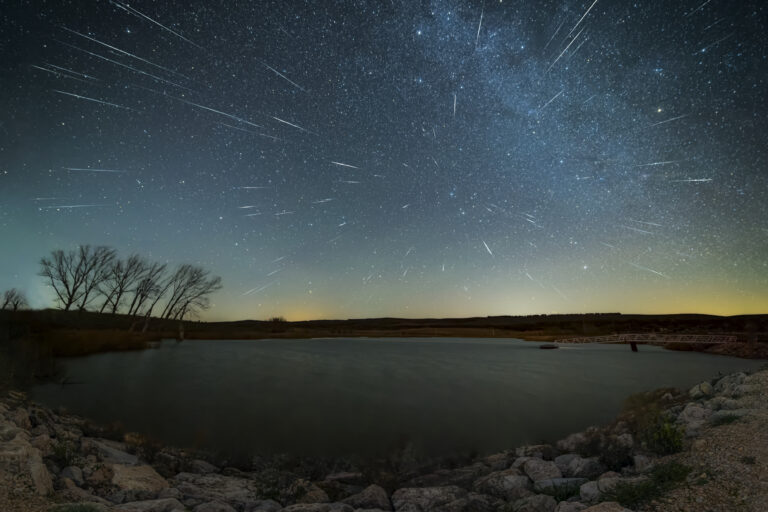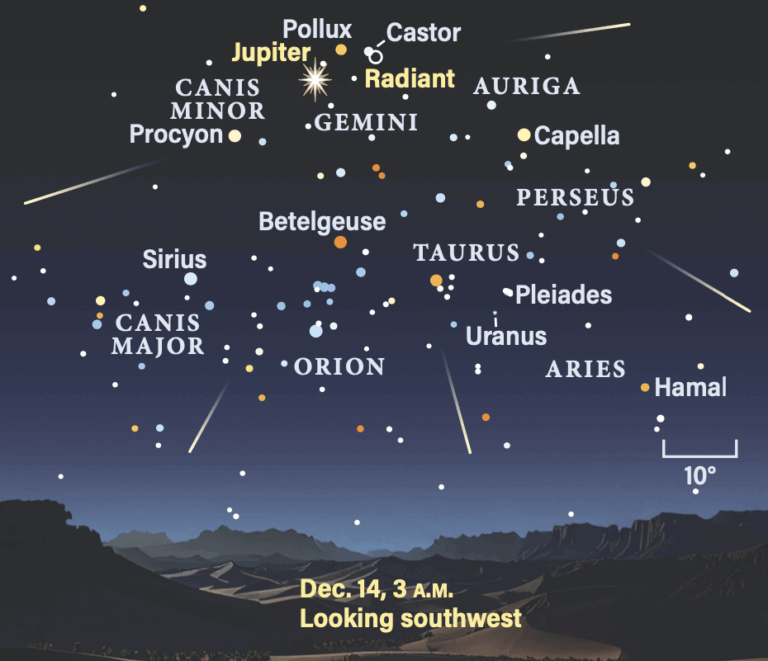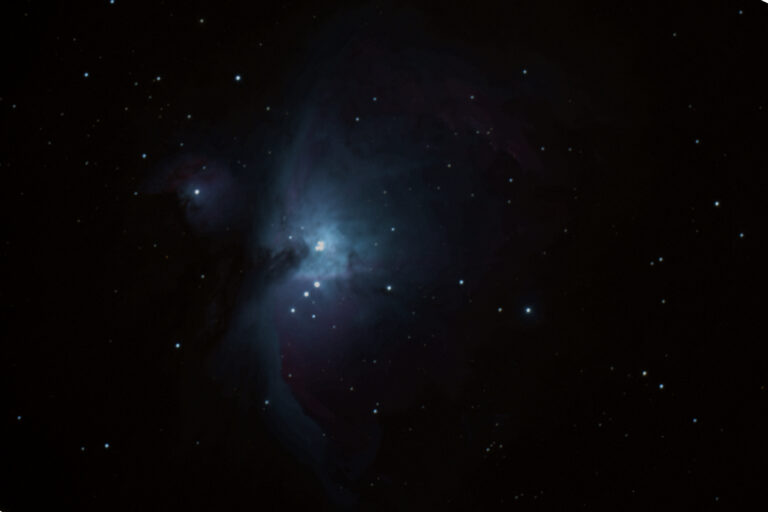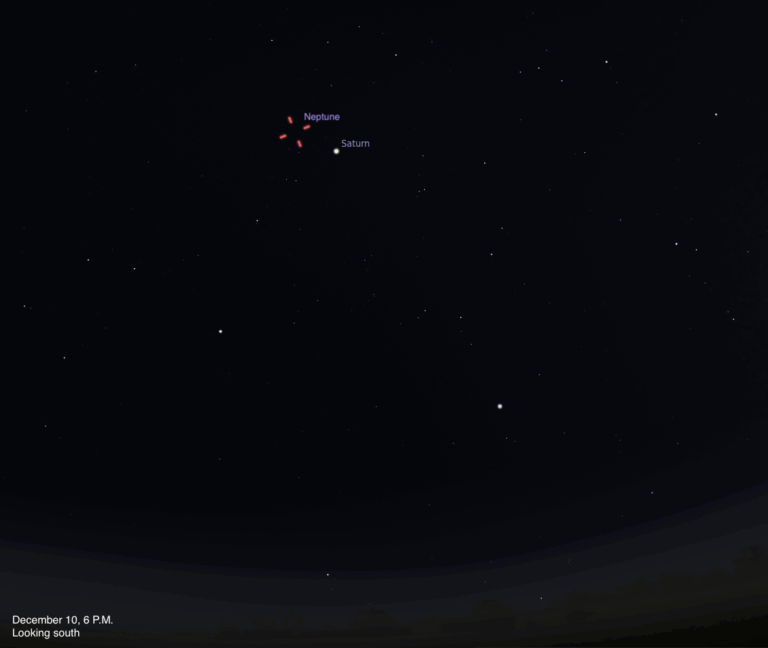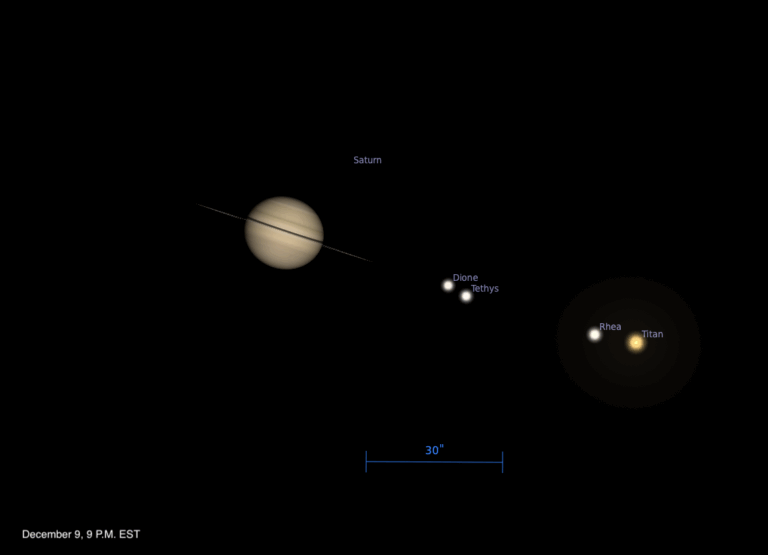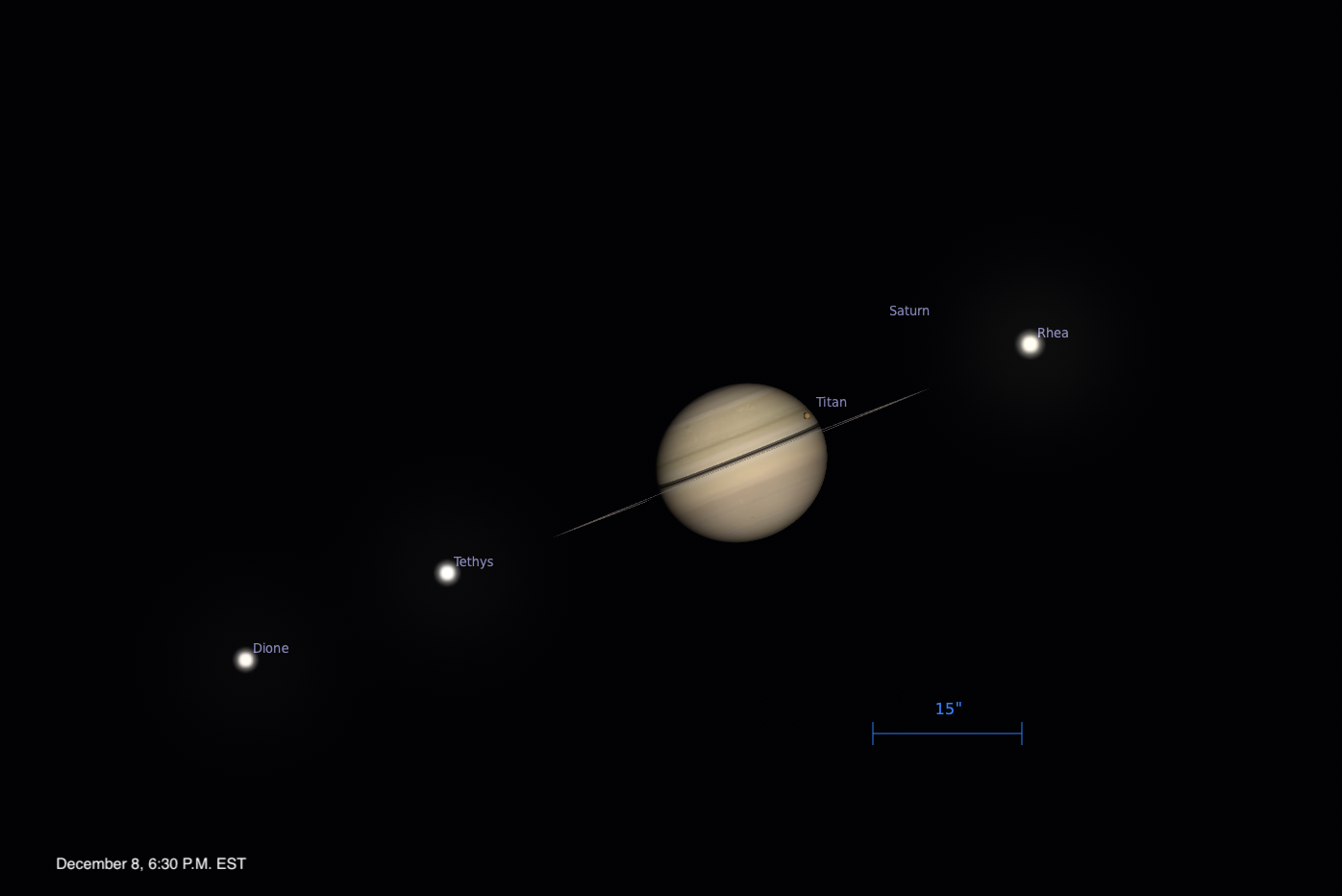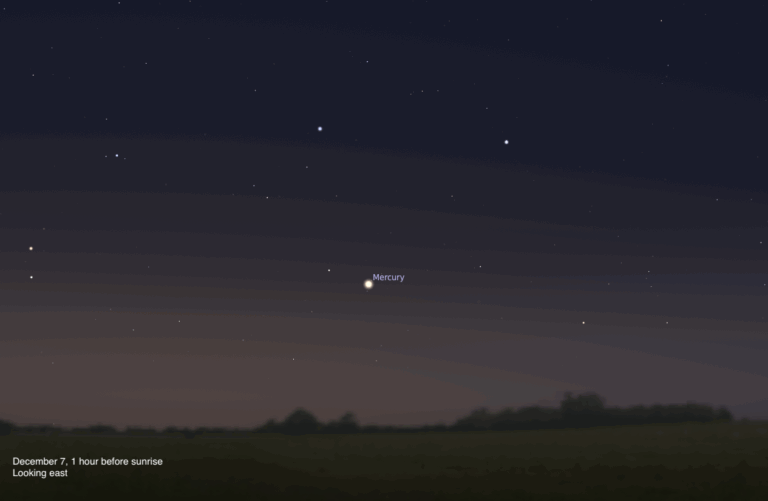Key Takeaways:
- Uses two large (100mm) lenses for bright, detailed views.
- Includes matched eyepieces for 3D viewing and depth perception.
- Features high-quality lenses minimizing color distortion.
- Comes with a sturdy tripod for stable viewing.
Our eyes are separated by a few centimeters. This lets us see in 3D, providing a sense of depth to our vision. When we observe through a telescope with just one eye, we lose depth, and the sky looks “flat.” Observing with both eyes through matching eyepieces restores this depth of field. Binoculars are a great way to solve this problem. And the bigger they are, the better suited they are for astronomical work. As a result, viewing with Oberwerk’s BT-100XL-ED gives a fantastic feeling of swimming through space. Indeed, viewing through these giants is a dream.
The details
The BT-100XL-ED Binocular Telescope features 100mm objective lenses. That’s like having two wide-field 4-inch telescopes strapped together! I received the Luna Pearl-finished binoculars, but they also come in Big Eye Gray. The finishes are applied to a magnesium alloy body that has an absolutely flawless finish.
The binoculars are about 21 inches (53.3 centimeters) long and weigh 12.5 pounds (5.7 kilograms). A mounting rail on top can be used with a laser pointer to quickly locate celestial objects. This feature is not available on many astronomical binoculars. Obviously, these binoculars are too large and heavy to hold, so Oberwerk sells several tripods that can be used with them.
The binoculars have FK61 ED doublet lenses made of fluorite with extra-low light dispersion, hence the ED notation. This material assures little color separation, or chromatic aberration, as all the wavelengths of visible light pass through the objective lenses. The result is an incredibly sharp image.
For these (or any other) binoculars to work, you must use matched eyepieces. Remember that you are, in fact, using side-by-side short-focal-length telescopes. Two Oberwerk 14mm eyepieces (which normally cost $250 per pair) come with the BT-100XL-ED to provide a magnification of 40x. Each eyepiece has an exit pupil of 2.5mm and 18mm of eye relief. This allows you to hold your eyes slightly away from the eyepieces to view in comfort.
The combination of the 14mm eyepieces and 100mm objective lenses gives a 1.75° field of view, equivalent to three and a half Full Moons side by side. Under the best sky conditions, you’ll pick out objects as faint as 12th magnitude. Oberwerk offers other matched binocular eyepieces: 16mm (35x), 12mm (47x), and 8mm (70x).
Craftsmanship and quality are evident in every detail of the binoculars. You’ll be as proud to display them as to use them. The Oberwerk TR3 Hardwood Tripod is fantastic and specifically built for the XL-series binoculars. Tripods are available in maple, poplar (pecan finish or slate gray), and walnut. The tripod supplied with the review equipment was walnut. The wood is beautifully finished and smooth.
Two features are of special note. Wooden tripods swell and shrink with temperature and humidity; I can attest to this from experience with my old Unitron refractor and its wooden tripod. Oberwerk uses its Slip-Stop leg clamps. If a leg clamp slips, the design retightens it after it loses about 2 inches (5 cm). All non-wood components on the tripod are made of aluminum.
The best feature on this tripod, and one I wish I had on other equipment, is the graduated scales running down the legs. The scales are marked in eighth-inch increments. This feature, along with the small bubble level on the mounting head, ensures that the binoculars will be perfectly aligned.
Under the sky
Observing with these binoculars is a real experience. I think many observers ignore the Moon, despite the fact that it offers such wonderful views. Not me. I turned the BT-100XL-ED on a waning gibbous Moon. The sense of depth was amazing. Luna seemed to float against a background of faint stars. Even though the image wasn’t large, I had no problems picking out a lot of detail. The Sea of Serenity appeared dark and smooth, with the rim of the giant crater Posidonius clearly visible off to one side. The line of rugged craters below the Sea of Tranquillity stood out in amazing detail and contrast.
I was fortunate to use this equipment under a winter sky. As with most winter observing sessions, my initial target was the Orion Nebula (M42). The first thing I noticed was the outstanding contrast. The Orion Nebula looked gossamer, and I could just detect the “wings” extending from the central fuzz. After an extended look, I moved over to Canis Major and had one of my best-ever views of open cluster M41.
Low in the west, the Andromeda Galaxy (M31) appeared as a great white cloud stretching across the field of view. The bright central bulge was easy to see under the dark desert sky.
Then I swung over to one of my favorite deep-sky objects, the Double Cluster in Perseus (NGC 869 and NGC 884). Although they can often blend together, through the Oberwerk binoculars, it’s obvious that these are two distinct open clusters. The extreme contrast and depth of field gave the clusters’ stars the look of sugar sprinkled on black velvet. I observed many other wonderful objects with the BT-100XL-ED; these were just a couple highlights.
With the spread of urban light, mobility has become imperative to the 21st-century observer. And while the Oberwerk BT-100XL-ED Binocular Telescope is larger than most binoculars, it’s also one of the finest pieces of equipment I’ve used to enjoy a beautiful sky.


